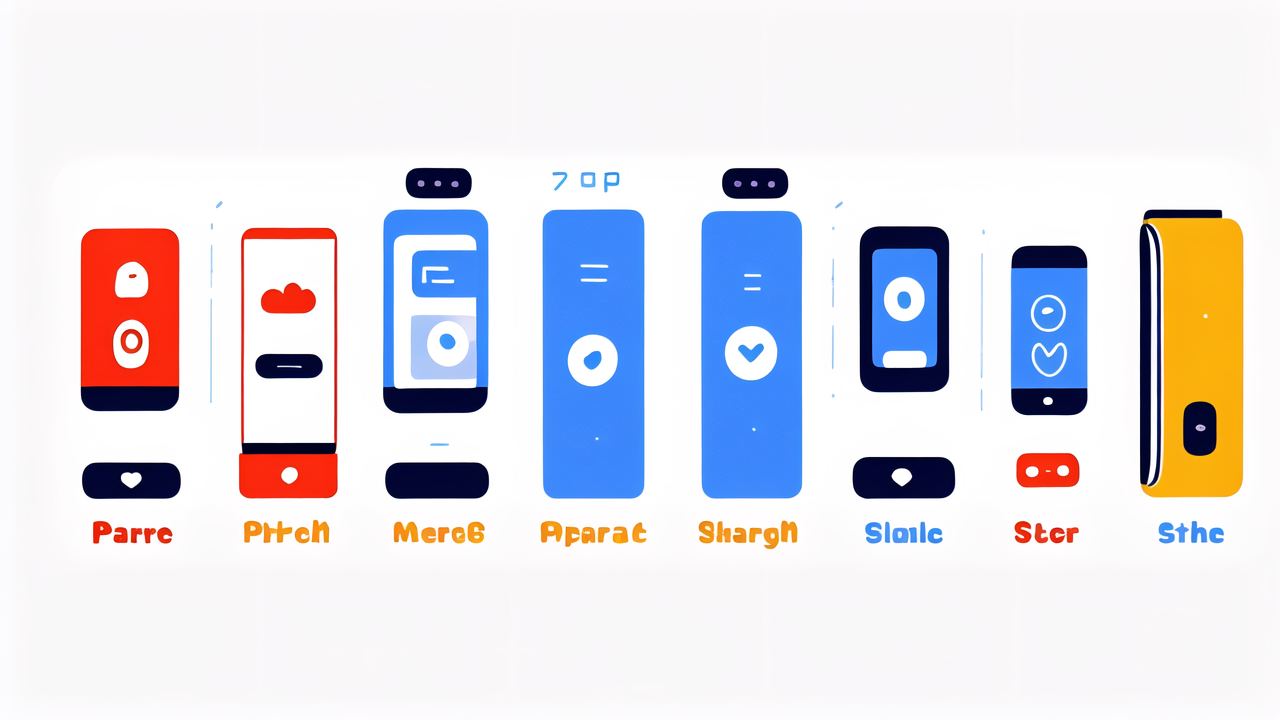Introduction to Wearable Technology Trends
Understanding the Growth of Wearable Technology in the United States
Wearable tech has seen a huge boom in the US. More people are using smart watches and fitness trackers. These devices help track health and fitness goals. The market keeps growing as new features are added.

Consumers love the ease of use and real-time data. Smartwatches now do more than tell time. They track steps, heart rate, and sleep patterns. Some even measure stress levels. As tech improves, these devices become more accurate and useful.
The growth is not just in fitness. Medical wearables are on the rise too. They help manage chronic conditions. Doctors can get patient data remotely. This trend is set to continue, changing how we approach health care.
Key Players and Market Dynamics in the Wearable Technology Sector
Big tech companies lead the wearable market. Apple, Google, and Samsung are major players. They keep adding new features to their devices. Fitbit and Garmin focus on fitness-specific wearables.
The market is very competitive. Companies are always trying to innovate. They aim to make devices smaller, faster, and more accurate. Battery life is a key focus area. Longer-lasting batteries make devices more useful.
New players are entering the market too. They bring fresh ideas and niche products. Some focus on specific health issues. Others target athletes or elderly care. This diversity drives innovation and expands the market.
Advancements in Wearable Technology for Body Measurement
The Rise of Smart Wearables: Integration of IoT and AI
Smart wearables are getting smarter. They now use IoT and AI to give better insights. IoT connects devices to share data. AI analyzes this data to provide useful information.

These techs work together to improve body measurements. For example, a smart watch can track your activity. It sends this data to your phone or computer. AI then analyzes your patterns over time. It can suggest ways to improve your health or fitness.
The integration of IoT and AI makes wearables more than just trackers. They become personal health assistants. They can predict health issues before they happen. This proactive approach is changing how we think about health care.
Next-Gen Sensors: Enhancing Accuracy in Body Measurement
New sensors are making wearables more accurate. They can measure things we couldn't before. For example, some can now track blood oxygen levels. Others can detect early signs of illness.
These sensors are getting smaller and more powerful. They can take more readings without draining the battery. This means more data and better insights. Some can even measure body composition or hydration levels.
The accuracy of these sensors is key. People trust wearables more when they're as good as medical devices. This trust is important for wider adoption. It also opens up new uses in healthcare and fitness.
The Impact of Machine Learning on Wearable Technology Accuracy
Machine learning is making wearables smarter. It helps devices learn from user data. This improves accuracy over time. The more you use a device, the better it understands your body.
For example, a fitness tracker can learn your workout patterns. It can then give better calorie burn estimates. It might even suggest when to rest or push harder. This personalized approach makes the data more useful.
Machine learning also helps spot unusual patterns. It can alert users to potential health issues. This early warning system could be life-saving. It's one reason why wearables are becoming important health tools.
The Role of Wearable Technology in Health and Wellness
The Emergence of Wearable Technology in Healthcare
Wearables are changing healthcare. They give doctors more data about patients. This helps with diagnosis and treatment. Patients can track their own health too. This leads to better self-care.

Some wearables now monitor chronic conditions. They can track blood sugar for diabetics. Others monitor heart rhythms for cardiac patients. This constant monitoring can catch problems early.
Hospitals are using wearables too. They help track patients after surgery. Some devices can alert staff if a patient falls. This improves care and safety in hospitals.
Personalized Health and Wellness: The Frontier of Wearables
Wearables are making health more personal. They collect data specific to each user. This allows for tailored health advice. It's like having a health coach on your wrist.
These devices can track sleep, stress, and activity levels. They use this data to suggest lifestyle changes. For example, they might recommend more sleep or exercise. Some can even guide you through meditation or breathing exercises.
The goal is to prevent health issues before they start. By tracking daily habits, wearables help users stay healthy. They encourage small, positive changes that add up over time.
Regulatory Implications of Wearable Technology in Healthcare
As wearables become more medical, regulations are changing. The FDA is looking at how to manage these devices. They want to ensure accuracy and safety. This is crucial as more people rely on wearables for health data.
Privacy is a big concern. Wearables collect sensitive health data. Rules are needed to protect this information. Companies must be clear about how they use and store data. Users need to know their data is safe.
Standards for accuracy are also important. If doctors use this data, it must be reliable. This could lead to new testing and approval processes for wearables. The challenge is balancing innovation with safety and privacy.




Leave a comment
This site is protected by hCaptcha and the hCaptcha Privacy Policy and Terms of Service apply.